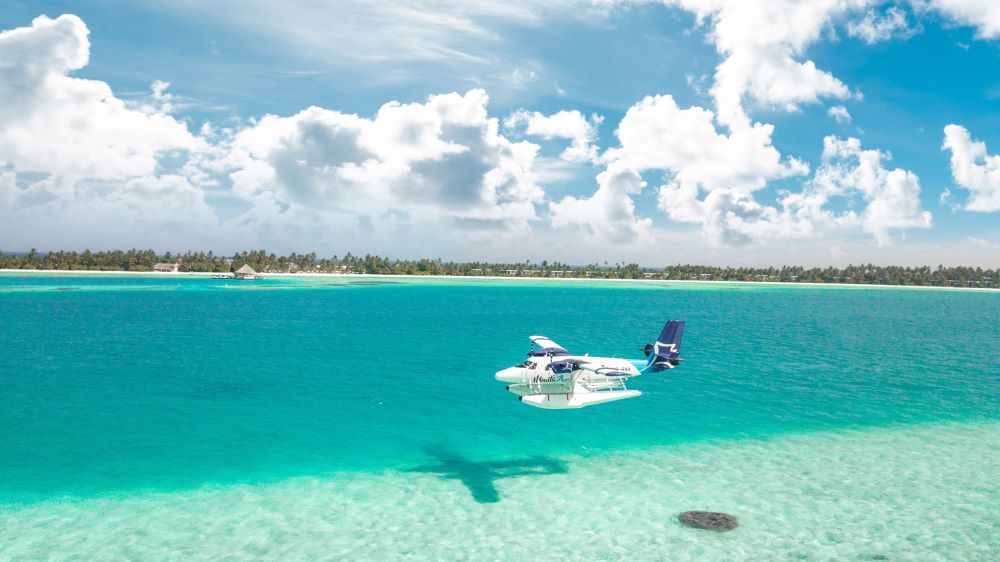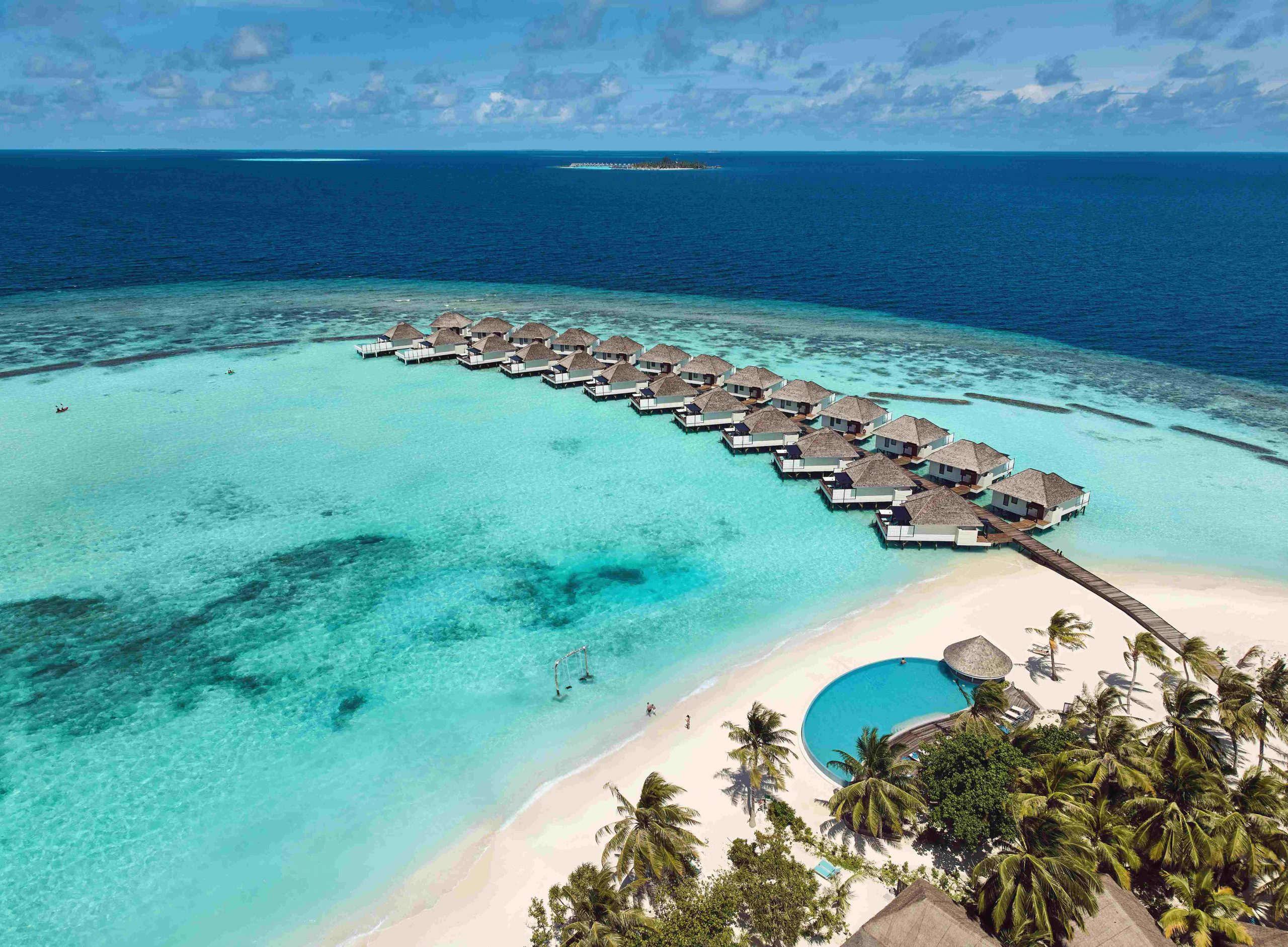Manta Air has announced plans to continue Manta Air seaplane transfers from 01st April 2020 onwards, to both Dhaalu Atoll and Baa Atoll. The airline also took the decision to temporarily suspend scheduled ATR operations to Dhaalu airport and Dharavandhoo airport from 01st April 2020 until further notice.

Passengers who wish to travel with Manta Air during this period can book tickets online via mantaair.mv or through reservation teams. Despite the temporary halt on ATR services, Manta Air assures to continue supporting the on-demand charter flight requirements for ATR and twin-otters if there is a specific requirement from partners any time.
With continued requests from the local community for the Manta service, we have decided to continue daily flights using our seaplanes to maintain regular domestic transfer connectivity in these atolls and also for emergency flights.
Manta Air Stated in a press release
However, Manta Air urges customers to travel only when necessary and to follow safety precautions accordingly.
On 16th March 2020, Manta announced immediate temporary route suspension of GKK, reducing the airline’s operations and schedule due to the surge of the global pandemic and its impact on the aviation industry.
Manta Air Seaplane Photos by Manta Air.







